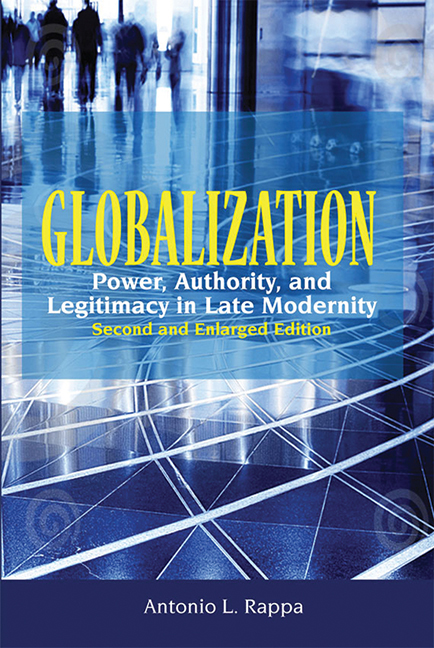Summary
Imagine an underground passageway that is two metres wide with windows full of goods stacked up to the top of the corridor that the back walls are totally hidden. A bustling two-way movement of buyers, sellers, investors, tourists, terrorists, gun runners, ordinary decent families, police, military personnel, diplomats, government bureaucrats, politicians, peasants living under the poverty line, slum dwellers, and homeless persons serves as a channel for the exchange of trade, commerce, ideas, sorrow, emotion, and technology: this is the connection between the politics of globalization between America and Asia. It is about a fantastic journey, full of life and death, and surrounding a definitively impervious lantern that gives off the light of hope, optimism, and progress.
This situation is well illustrated in particular by J. Lodge Gillespie's romantic tropes in the “rhetoric and reality” of America in Southeast Asia after the Pacific War. His work helps connect readers with the rediscovery of the fact that the complexities of domestic U.S. economic influence have increased tremendously since the 1960s. The empirical evidence about the economic influence is overwhelming. China and India, for example, have bought trillions of U.S. treasury bonds and keep holding these large volumes as a security against the future of their own currencies and economies. All Western gasoline consuming states, including the OECD, are intimately linked to U.S. oil consumption and international oil policy. The United States is Southeast Asia's biggest trade partner after China and India. Asian stocks are indelibly linked to U.S. stock markets that a hint or a turn of phrase by the Chairman of the U.S. Federal Reserve Bank (the Fed) has an immediate and multiplier effect on these markets in Singapore, Bangkok, Jakarta, Sydney, Kuala Lumpur, Hong Kong, Tokyo, Seoul, and New Delhi. Another deep area of influence in 2008 is the training and development programmes of indigenous Southeast Asian Special Forces. And a third area is illustrated in technological hardware and software. Communications hardware keeps changing with urban planning strategies to improve and develop connections, for example, between airports and their delivery sites.
- Type
- Chapter
- Information
- GlobalizationPower, Authority, and Legitimacy in Late Modernity (Second and Enlarged Edition), pp. 61 - 132Publisher: ISEAS–Yusof Ishak InstitutePrint publication year: 2011

